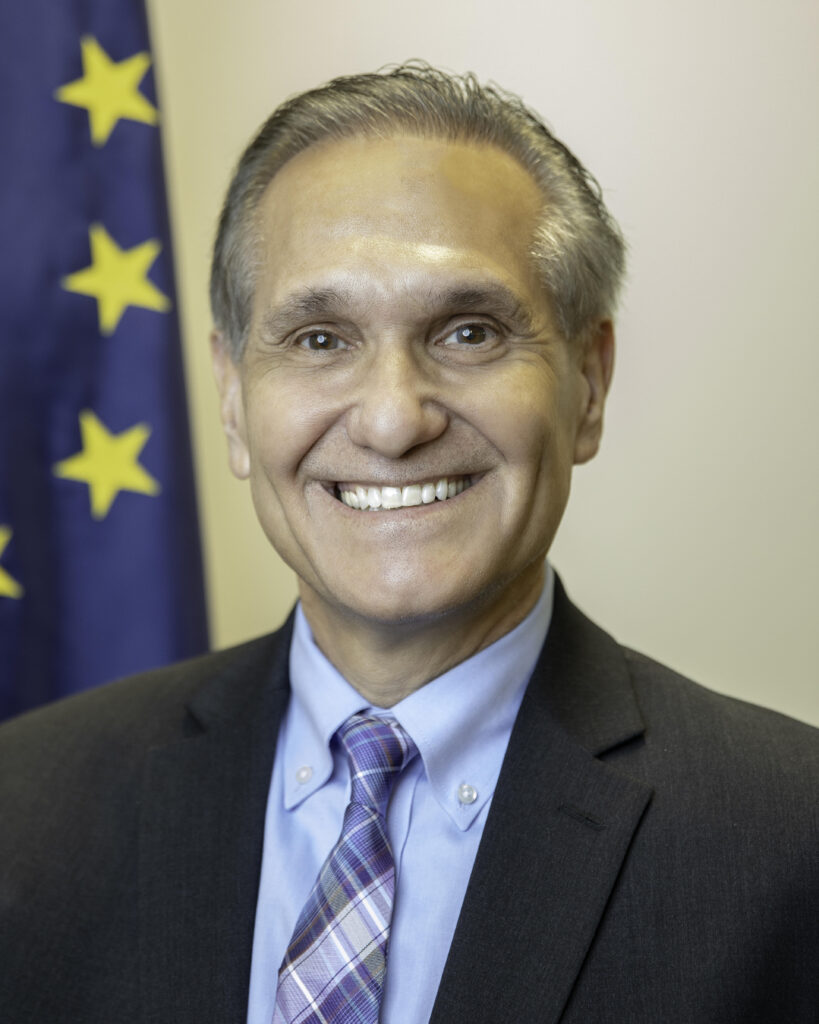DOES RANKED CHOICE VOTING (RCV) HELP OR HINDER ELECTIONS?
Q&A With Alaska’s Honorable Kevin Meyer

Mr. Meyer served as Alaska Senate President in 2015-2016 and was elected as Lt. Governor in 2018. As the Lieutenant Governor of Alaska, he served on numerous boards and committees including the National Lt. Governors Association Policy Resolution Committee and National Association of Secretaries of State (NASS) Elections Committee.
In November 2020, during the term of Lt. Gov. Meyer, Alaska voters decided whether to adopt Ballot Measure 2, Ranked Choice Voting, which placed all the candidates for a particular statewide office into one primary election. The top four vote-getters from the primary election then advance to the general election. In the general election, voters can pick one candidate or can rank their preferred choices from one through four. He was also in office during the November 2022 election when Ballot Measure 2 was implemented.
How did Alaska come to use ranked choice voting (RCV)?
RCV in Alaska came about via a ballot initiative. The sponsors of the initiative obtained the necessary number of signatures from Alaska voters to qualify to be placed on the 2020 general election ballot.

What do you see as RCV’s strengths?
RCV requires an open primary, where the top, say, four vote-getters advance to the general election. This gives more candidates the opportunity to be part of the general election. It also eliminates closed primary ballots, which are limited to one party or another, and allows voters to vote for whomever they want regardless of party affiliation. It also assures that the winner in the general election has received at least 50% + 1 of the votes.
Made withVisme Infographic Maker
What do you see as RCV’s weaknesses?
The general election ranking can be confusing. People are accustomed to voting for only one person. And they are able to still vote for just one person — by ranking only one candidate — but RCV is designed to benefit voters who rank all candidates. If your number one choice doesn’t receive the necessary 50% + 1, you still have a vote in round two.
The concern is that if people are confused then they may not vote. An extensive (and, thus, expensive) education program needs to be done prior to people going to the polls.

What advice would you give to other states that are considering implementing RCV and/or states that are definitely going to use it in the coming years?
Most states don’t allow ballot initiatives, which means that in many states, instituting RCV would require the legislature to make such a change. A given legislature may be reluctant to implement RCV, though, since the legislative members were all elected through non-RCV processes.
If a state does allow ballot initiatives, I would say: read the initiative’s language carefully. In Alaska, our RCV ballot initiative included eliminating “dark money” in a candidates election in order to promote transparency — but the language also excluded the sponsors of the initiative from having to be transparent in that way. Thus, in Alaska, we do not know who was financially involved in gathering the signatures and promoting the passage of RCV.

